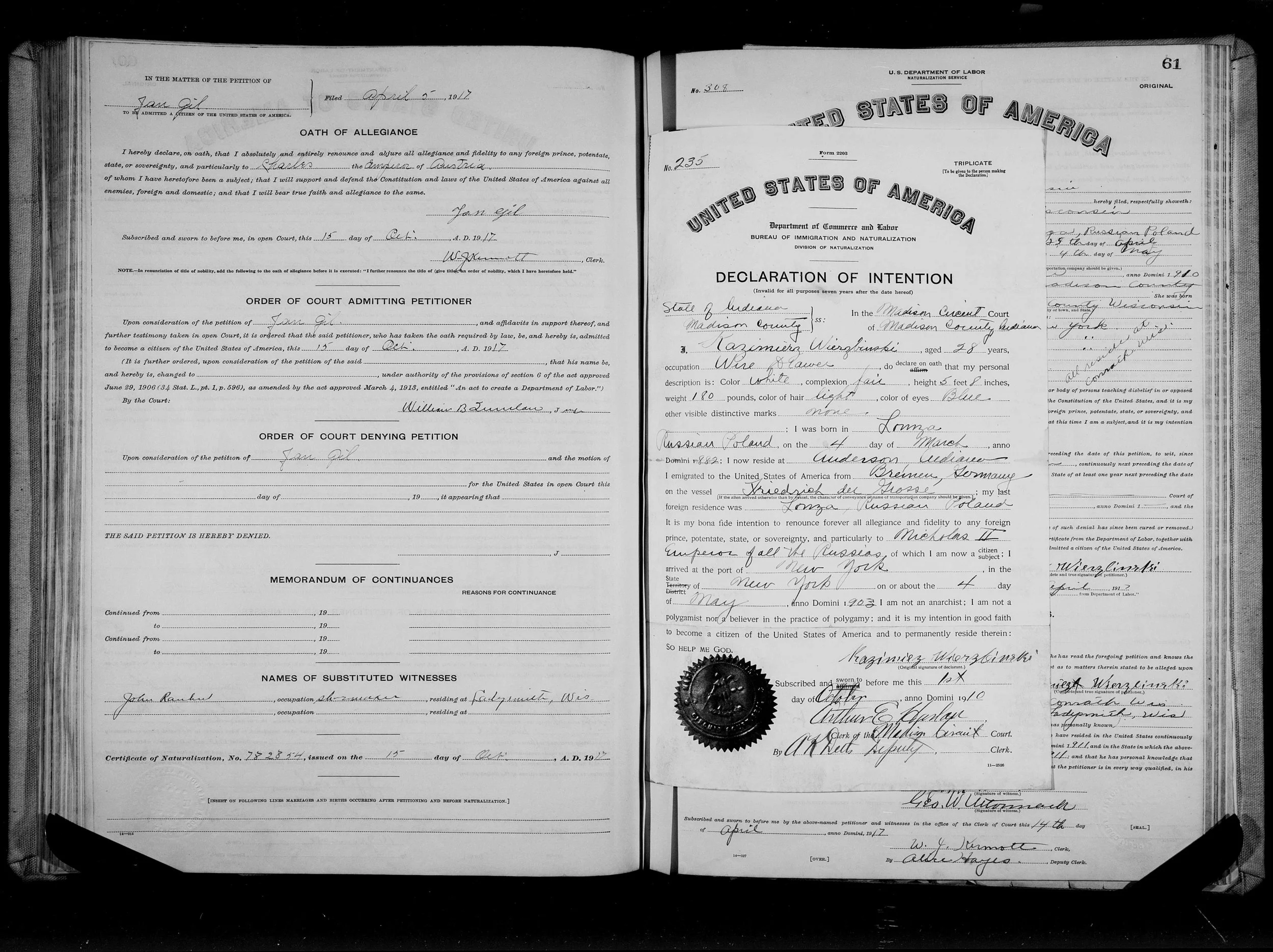What an event! Rootstech 2022 was an amazing couple of days. There were some technical issues for the first part, but they seemed to work out after a bit.
I very excited to hear about the coordinated efforts between Family Search and Ancestry using artificial intelligence to index the 1950 US Census that will be released to the public on April 1st. Volunteers will be able to request locations and/or surnames to verify once the index has been created. It is only a week away.
It is going to be like I got another feather in my cap, having worked on the 1930 US Census at the National Archives prior to its public release and having worked as an enumerator for the 2020 US Census.















